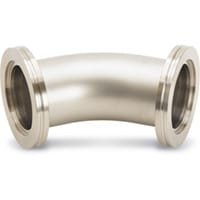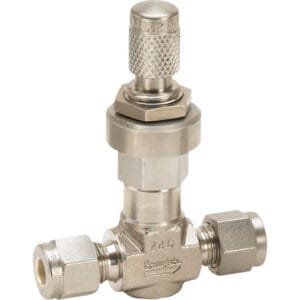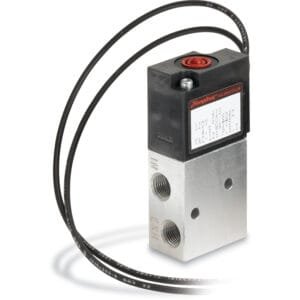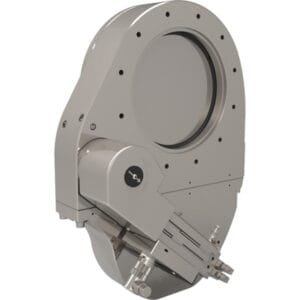Radius 45° Elbows (ISO-K HV)
Radius 45° ISO-K HV Elbows are precision-engineered components designed to provide smooth directional changes while maintaining the integrity of high-vacuum (HV) and ultra-high-vacuum (UHV) systems. These elbows are essential for optimizing gas flow and reducing turbulence in vacuum piping networks.
Key Features
Material: Constructed from high-grade stainless steel (304L or 316L), ensuring durability, corrosion resistance, and minimal contamination.
Optimized Bend Radius: Reduces pressure loss and enhances gas flow efficiency in vacuum and high-purity systems.
ISO-K Flange Compatibility: Designed to seamlessly connect with ISO-K vacuum flanges, allowing for easy assembly and maintenance.
Precision Welded Construction: Leak-tight and robust design for HV/UHV applications, ensuring long-term reliability.
Custom Sizes Available: Various diameters and wall thicknesses can be tailored to meet specific system requirements.
Applications
Vacuum Processing: Ideal for semiconductor manufacturing, thin film deposition, and plasma processing.
Research & Laboratory Equipment: Used in particle accelerators, space simulation chambers, and advanced physics experiments.
Industrial Gas Transport: Ensures efficient flow control in chemical, pharmaceutical, and aerospace industries.
High-Purity Piping Systems: Supports cleanroom environments and critical vacuum applications.
Why Choose TFM’s Radius 45° ISO-K HV Elbows?
Engineered for precision and high-vacuum performance
Constructed from high-quality, corrosion-resistant materials
Leak-tight design ensures system integrity
Custom fabrication available for specialized applications
Ordering Table





Reviews
There are no reviews yet.